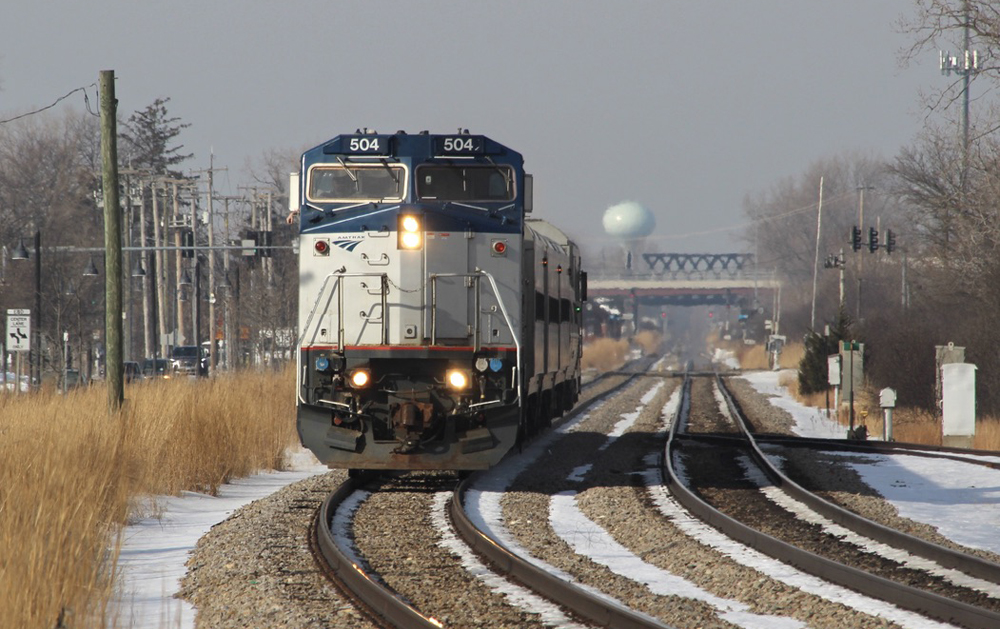
WASHINGTON — President Joe Biden’s fiscal 2023 budget recommendations call for a significant boost over previous levels of rail funding, on top of amounts already appropriated in the Bipartisan Infrastructure Law. But like all Executive Branch budgets, they are only suggestions meant to guide Congress’ spending priorities.
The Federal Railroad Administration’s budget request is $4.66 billion compared with $2.86 billion in both 2021 and 2022.
Amtrak gets $1 billion of the increase to $3 billion, split between $1.8 billion for the National Network and $1.2 billion for the Northeast Corridor. With Bipartisan Infrastructure Law funds, the Amtrak total for fiscal 2023 would be $7.4 billion, not including any money the company might secure from competitive grant programs. The additional budget boosts benefit federal-state partnership, grade crossing elimination, consolidated rail infrastructure programs. The only currently enacted FRA funding category eliminated is $2 million for magnetic levitation technical deployment.
The Federal Transit Administration gets a $16.87 billion request, most in the form of $13.63 billion in formula grants. For the first time there will be $300 million available for railcar replacement as soon as a notice of funding opportunity is developed. This is expected to benefit legacy transit agencies.
The FTA budget also include set-asides called “Supplemental Advance Appropriations” of $200 million for the Amtrak Portal North Bridge and $100 million for preliminary engineering on the Hudson Tunnels.
When questioned on a media call why only $100 million was allocated to what has been estimated as a $12 billion rail tunnel project, FTA Administrator Nurla Fernandez clarified that this is a recommended amount, “that is going to sit until there is a full contract agreement and a project sponsor,” all details that remain to be worked out. “We are recommending funding for preliminary engineering and some projects that are in development. It will be made available at some point in the future,” she adds.
Most of the federal funding for the Hudson Tunnels is expected to come from competitive grants matched to some extent by Amtrak, New Jersey and New York, but financing the project continues to be a challenge.
Other notable FTA funding includes $400 million for the second phase of New York’s Second Avenue Subway, which would extend the Q line north from its current endpoint at 96th Street, adding three additional stations with a new terminus at 125th Street.
The complete “Budget Highlights” summary issued Monday by the U.S. Department of Transportation is available here.






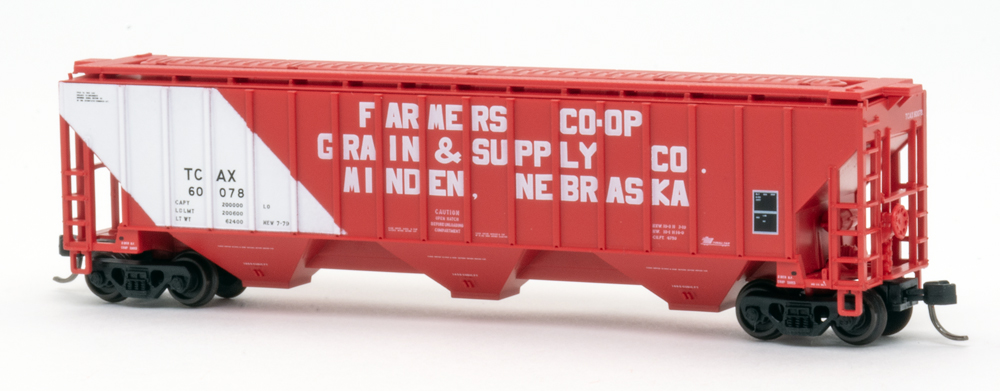
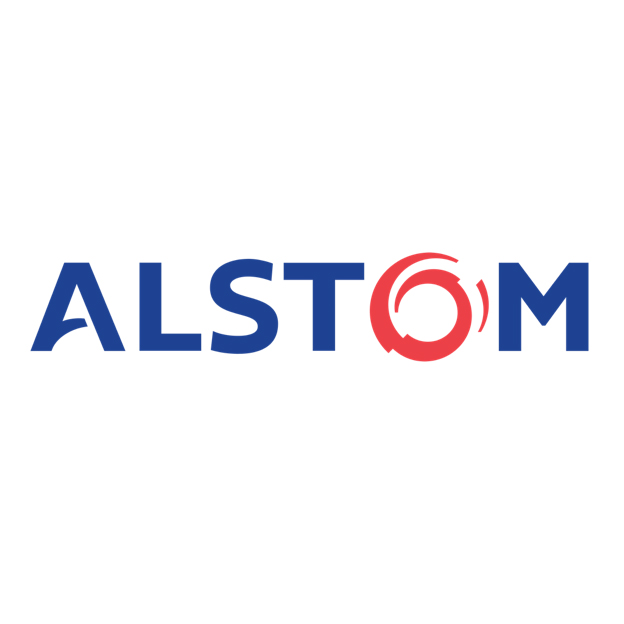
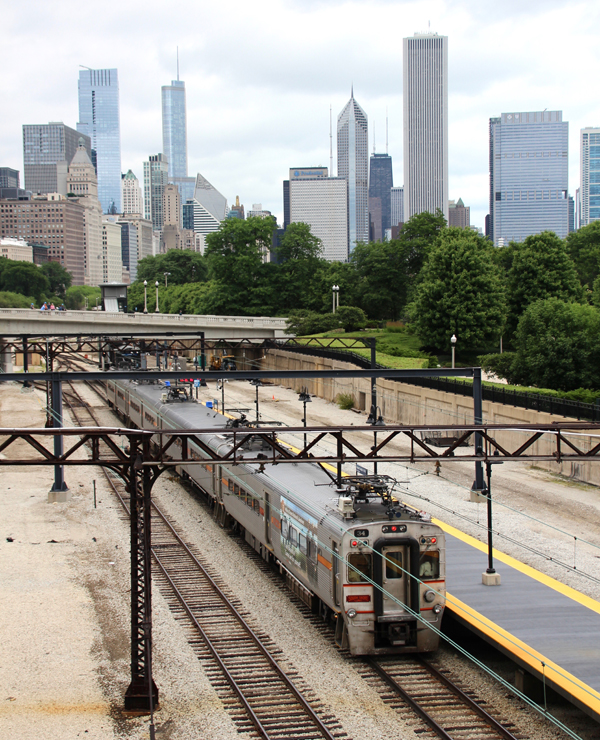
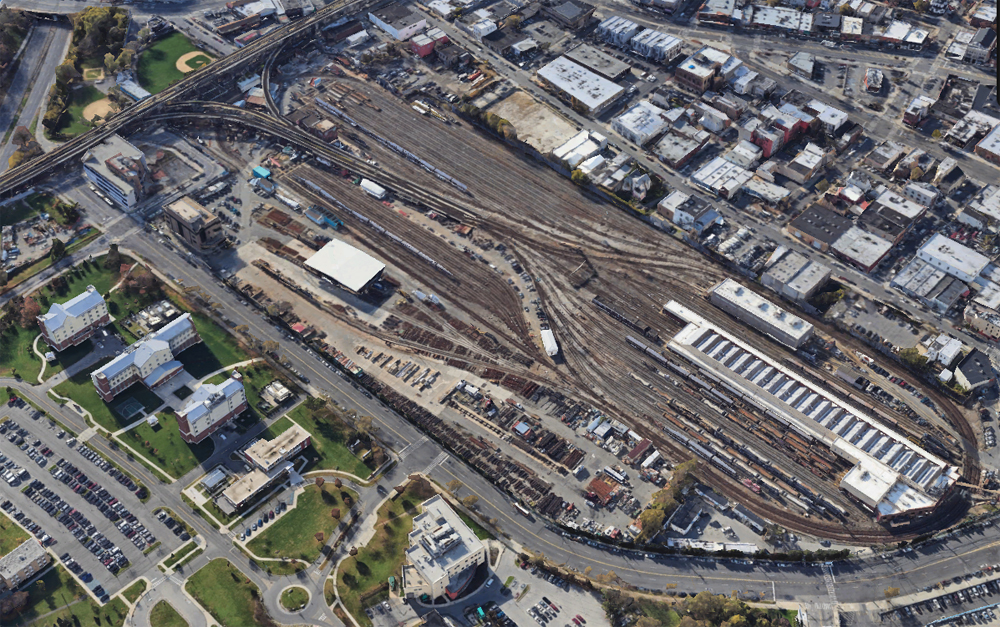




$300 mil for rail car replacement is a drop in the bucket. Probably get 50, maybe 60, cars. Between 750 and 1000 cars are 30 years old or older. You would need at least 5 1/2 to 6 billion just to replace those cars. JB wants to expand service. You would probably need a minimum of 500 more cars (1000 for more flexability) on top of that. Total could run to $11-12 billion, that’s if they don’t have any cost over runs or mismanagement. Pie in the sky?
I think all focus should be on the Hudson tunnels. If that link breaks, it will impact the whole country one way or another. (And I’m not a fan of New York).
If the Hudson Tunnels failed tomorrow, what part of the US do you think would stop? Just curious?
Mr. Smith driving commutes are also down, rush hrs shorter the same formula you use to justify transit reductions applies to driving too. The bulk of the infrastructure funding is going to roads this too then is unnecessary, but being this is your choice of travel I guess makes it’s more legitimate. If drivers had been paying their fair share of gas tax to reflect inflation for the last 20 yrs this infusion of tax dollars would not have been necessary. As for your passenger rail assumption the LD routes have had the strongest recovery. Many state sponsored routes have been reduced & the NEC is trailing in all respects. Don’t despair this funding will not survive should Congress power turn over next year the funding already approved for Amtrak & transit will be clawed back & repurposed into more tax cuts for the rich & probably more gas tax holidays for drivers like yourself!
Enjoy it while it lasts. Look for major budget cuts in the next 4-6 years. High inflation caused by government overspending and the rising of interest rates will cause government spending to slow down (sometimes known as stagflation) will bring all of this public infrastructure spending to a quick decline.
So replace those trainsets or transit sets now, the spigot is going to go dry for quite a few years.
The federal deficit is approximately $30 trillion. Add in state and local debt and the amount of government debt to be serviced by the taxpayers is approximately $33.2 trillion. Or 138.5 percent of GDP!
The ridership for many transit systems is half of what it was before the pandemic. Some riders will return to the office five days a week, but it appears many will never return to the office for five days a week; most likely they will go to the office one or two days a week. Which means that transit ridership will be down for a long period of time! Which further means how wise is it to spend a lot of money on transit, especially rail transit, when the future demand is so uncertain?
Passenger rail makes sense in relatively high density, short corridors where the cost to expand the highways and airways is prohibitive. Investing more money in long-distance trains or low-density corridors is not a good way to spend the taxpayer’s money.
You can bet the Repulicans who will control the House next year aren’t going to pay for the Second Avenue subway, taking literally decades per mile. This project makes CalHSR look like a bargain, measured in time and money.